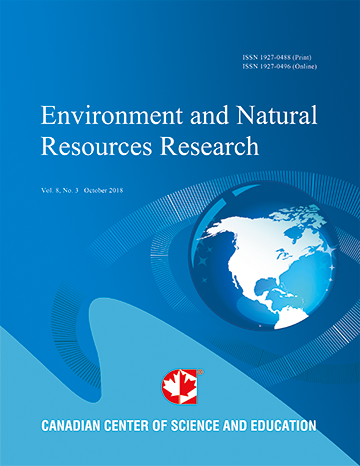Analysis of Saline Intrusion into a Coastal Aquifer: A Case History of Legacy Issues and Challenges to Water Security
- Nara Somaratne
- Glyn Ashman
Abstract
Coastal aquifers are subject to seawater intrusion. Therefore, managing freshwater aquifers in coastal areas remain challenging. At present, determining safe yields from the coastal aquifers to prevent seawater intrusion is primarily based on the use of numerical simulation-optimization models or by the use of analytical models based on the Ghyben-Herzberg principle. This study examines the cause and effects of seawater intrusion into a coastal aquifer, Lincoln Basin in southern Eyre Peninsula, South Australia and shows that application of simple techniques would have prevented seawater intrusion. Three freshwater lenses, Lincoln A, B, and C of the Lincoln Basin, located about 13 km southwest of Port Lincoln township, have been developed as a town water supply source in 1960. The capacity of the basin has been assessed by three long-term pumping tests. Based on pump tests results, three areas were developed to supply 2×106 m3 per year distributed across three lenses as lens A : four wells to supply 0.84×106 m3, lens B: four wells to supply 0.5×106 m3 and lens C: four wells to supply 0.66 ×106 m3. Neither recharge to the freshwater lenses nor a water balance had been assessed, and a precautionary approach to groundwater extraction was not followed. The apparent driver for managing the basin was demand for the township. In this study, we assessed the recharge using two methods; water-table fluctuation (WTF) and the conventional chloride mass balance (CMB) method. Total recharge to the freshwater lenses is estimated at 1.6×106 m3 per year which is less than the average annual groundwater extraction from the basin during the 1961-1977 periods (average 2.14×106 m3). As a result mining of the groundwater storage has occurred in the basin leading to saline intrusion, upconing and lateral flow of brackish water into wellfield areas. The total volume extracted from the basin was 35×106 m3, which exceeded the average recharge over the 15 year period, 24×106 m3. Using analytical methods, the seawater/freshwater interface movement from its original position was estimated to be 35 m in lens A, 337 m in lens B and 188 m in lens C. For each pumping well at maximum discharge rate, the transient interface location directly underneath the well was calculated. This results in interface rises under pumping wells in lens A of 3.8 m, lens B of 0.5 m, and in lens C about 0.7 m. According to the risk-based groundwater allocation method, maximum extraction would have been as a proportion of 25% of the annual recharge. Thus, maximum annual abstraction limits for lens A, B and C would have been 210×103 m3, 72×103 m3 and 130×103 m3, totaling 412×103 m3.
- Full Text:
 PDF
PDF
- DOI:10.5539/enrr.v8n2p16
Journal Metrics
Google-based Impact Factor (2016): 6.22
h-index (November 2017): 12
i10-index (November 2017): 19
h5-index (November 2017): 11
h5-median (November 2017): 12
Index
Contact
- Emily LinEditorial Assistant
- enrr@ccsenet.org
